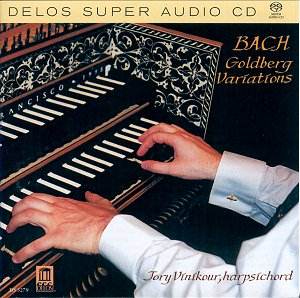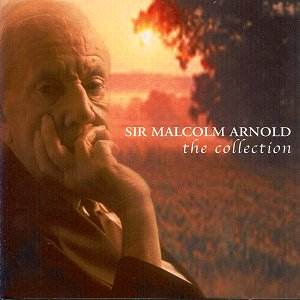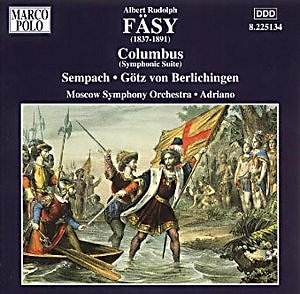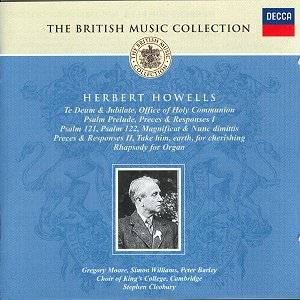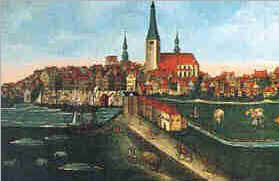 Composer: Various
Composer: Various
Works: Charles-Valentin Alkan: Cantique des cantiques; Sergei Rachmaninov: Serenade, Op. 3 No. 5; Chopin – Godowsky: Study No. 42 in A minor; Zez Confrey: Kitten on the Keys; Heinrich von Sahr: Larghetto; William Sterndale Bennett: Rondeau à la Polonaise, Op. 37; Nicolai Medtner: Fairy Tale in C minor, Op. 8 No. 2; Georges Bizet: Départ; Gabriel Fauré: Nocturne No. 2 in B Major, Op. 33 No. 2; Nocturne No. 13 in B minor, Op. 119; Fauré – Grainger: Nell, Op. 18 No. 1; Selim Palmgren: Feux-follets, Op. 35 No. 3; Glinka – Balakirev: The Lark; Tschaikovsky – Pletnjov: Andante maestoso (from “The Nutcracker”); Franz Liszt: Hungarian Rhapsody No. 10 (1st Version); Gluck – Chasins: Melody (from “Orpheus”); Gershwin – Wild: I Got Rhythm.
Performers: Ronald Smith, Michael Ponti, Marc-André Hamelin, Jozef De Beenhouwer, Hamish Milne, Jean-Marc Luisada, Idil Biret, Peter Froundjian, Rainer M. Klaas, Boris Bloch, Daniel Berman.
Recording: Live performances recorded at the Festival of Rare Piano Music at Schloss vor Husum, August 19th – 26th, 1989.
Label: Danacord DACOCD 349.
The Festival of Rare Piano Music at Schloss vor Husum has carved a niche in the classical music landscape, not merely by championing obscure works but also by breathing new life into familiar repertoire through innovative arrangements and transcriptions. This collection, a retrospective of performances from the 1989 festival, encapsulates the festival’s ethos: to venture beyond the standard concert fare and to explore an extensive array of compositions from lesser-known composers alongside unique interpretations of the canonical repertoire.
A standout opening with Ronald Smith’s rendition of Alkan’s Cantique des cantiques sets an inviting yet contemplative tone for the album. The piece, bathed in a quasi-mystical aura, demonstrates Alkan’s sophisticated harmonic language and intricate melodic lines, allowing the pianist to highlight the sensuous qualities of the instrument. Smith’s nuanced touch and delicate phrasing evoke the introspective nature of the work, reminiscent of Busoni’s own interpretations. This establishes a framework for the listener, preparing them for the stylistic variety that follows.
Michael Ponti’s interpretation of Rachmaninov’s Serenade is equally compelling. Not merely a showcase of virtuosic capability, Ponti imbues the performance with a lyrical expressiveness that enhances the work’s inherent charm. The serenade’s Spanish inflections are elegantly articulated, and Ponti’s phrasing creates a conversational intimacy that invites the listener into the composer’s world. This performance serves as a reminder of Rachmaninov’s early tonal palette, which often gets overshadowed by his later, more monumental works.
Marc-André Hamelin’s performance of Godowsky’s Study No. 42 provides a thrilling contrast, as he navigates the formidable technical demands with apparent ease. The transformation of Chopin’s original into a left-hand tour de force is executed with clarity and precision, showcasing Hamelin’s remarkable technique. His ability to maintain musicality amid the technical challenges is commendable, and the recording captures the full range of dynamic contrasts inherent in Godowsky’s intricate writing.
The festival’s commitment to uncovering rarities is further exemplified in Jozef De Beenhouwer’s captivating performance of Heinrich von Sahr’s Larghetto. This piece, with its delicate and evocative phrasing, hints at the composer’s connection to earlier Romantic traditions while maintaining a contemporary edge. De Beenhouwer’s ability to convey a narrative through this quiet, atmospheric work highlights the interpretive depth that lesser-known repertoire can provide.
Hamish Milne’s interpretation of Medtner’s Fairy Tale offers yet another dimension, illustrating the richness of the composer’s harmonic language and the lyrical potential of the piano. Milne’s mastery of texture is evident as he balances the intricate interplay of melody and accompaniment, weaving a tapestry of sound that is both complex and accessible. This piece stands out not only for its technical demands but for its emotional depth, which Milne navigates with sensitivity.
Recording quality is consistently high throughout this collection, with the acoustic of Schloss vor Husum providing a warm resonance that enhances the performances. The engineering captures the nuances of each pianist’s technique, allowing the listener to appreciate the subtleties of touch and tone that are often lost in more commercial recordings. The balance between piano and ambient sound is expertly managed, lending an authentic concert experience to the listener.
The variety of works included—ranging from the whimsical charm of Confrey’s Kitten on the Keys to the introspective beauty of Fauré’s Nocturnes—demonstrates the festival’s eclectic programming philosophy. The inclusion of transcriptions, such as Grainger’s setting of Fauré’s Nell, showcases the festival’s dedication to re-evaluating lesser-known pieces while also honoring the art of arrangement itself.
This collection is a testament to the richness of the piano repertoire beyond the mainstream, illuminating pieces that deserve greater recognition. Each performance is a reminder that the piano can evoke a vast spectrum of emotions and stylistic diversity, a belief that resonates deeply within the ethos of the Schloss vor Husum festival. The pianists featured are not only masters of their craft but also enthusiastic advocates for the music they present, ensuring that this recording serves as a vital resource for both enthusiasts and scholars alike.
